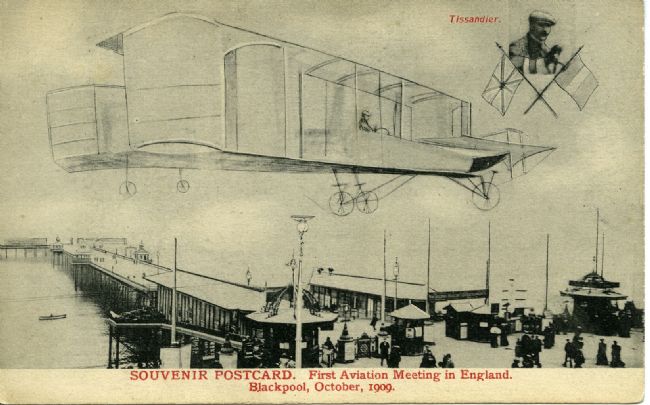Download a Word document worksheet version of this timeline.
- 1783 – The very first free flight is carried out when the Mongolfier brothers fly across Paris in a hot air balloon.
- 1804 – English engineer George Cayley is determined to build a flying machine and he develops a model glider. It looks a little like a modern plane, with fixed wings and a moving tail.
- 1853 – Over half a century after he started his research into flight, George Cayley flies over Brompton Dale in his ‘New Flyer’ glider.
- 1890 – The first aeroplane with a pilot, designed by Clement Ader, takes off, but only very briefly.
- 1903 – Two American brothers, Orville and Wilbur Wright build an aircraft that can fly even though it is heavier than air. Their powered aircraft travels just 120 feet in 12 seconds, but it inspires engineers and inventors around the world by showing what is possible.
- 1907 – The British Army builds its first powered airship, ‘Nulli Secundus’, at the Balloon Factory in Farnborough. It is scrapped after just two months.
- The army also grants permission for the construction of a powered aircraft, designed by the American Samuel Franklin Cody, a former showman, at Farnborough.
- 1908 – The very first substantial aircraft flight in Britain takes place at Farnborough on 16 October. British Army Aeroplane Number 1, designed by American Samuel Franklin Cody, flies for 400 yards before crashing.
- 1909 – Cody continues to develop his aircraft design and on 14 May flies for over one mile. In August, he judges it safe enough to fly with a passenger. His wife, Elizabeth Mary King, becomes the first woman to fly in an aircraft in the United Kingdom.
– Louis Bleriot becomes the first person to fly across the Channel in his monoplane.
- 1911 – Robert Blackburn establishes the Blackburn Aeroplane Company in Leeds.
- 1912 – The Royal Flying Corps is founded.
- 1914 – The outbreak of the First World War.
- 1915 – Aircraft are first used intensively by the British at the Battle of Neuve Chapelle to take aerial photographs of enemy positions.
– Dutch engineer Anthony Fokker creates a machine gun able to fire through the propeller blades of an aircraft. The German Army uses this technology on the Fokker Eindekker plane. - 1916 - On 23 September, a German airship bombed the East Coast and south of England, resulting in around 170 casualties.
- 1917 - The life expectancy of British pilots on the Front Line is less than three weeks during a period of particularly high losses.
- 1918 – Royal Air Force is formed from the Royal Flying Corps and the Royal Naval Air Service
- 1919 – The first British commercial passenger flight from Hounslow Heath Aerodrome to Paris.
Glossary
Aerodrome – small airfield, a place where aircraft can take off and land
Airship – powered aircraft that is lighter than air
Commercial – something that is done to make money or profit
Glider – aircraft without an engine that is usually towed into the air by an aeroplane and then flies on its own by riding on air currents
Founded – set up or started
Free-flight – movement of a rocket or missile through the air after its engine has stopped
Inspire – something that gives someone ideas or helps them to be creative
Intensive – making a lot of effort to do something in a short time
Monoplane – type of aircraft with a single pair of wings
Outbreak – something that happens very suddenly, like an epidemic
Propeller – a type of fan that helps a ship or aircraft move by pushing water or air backwards
Scrapped - to get rid of or stop using something because it is thought to be useless



